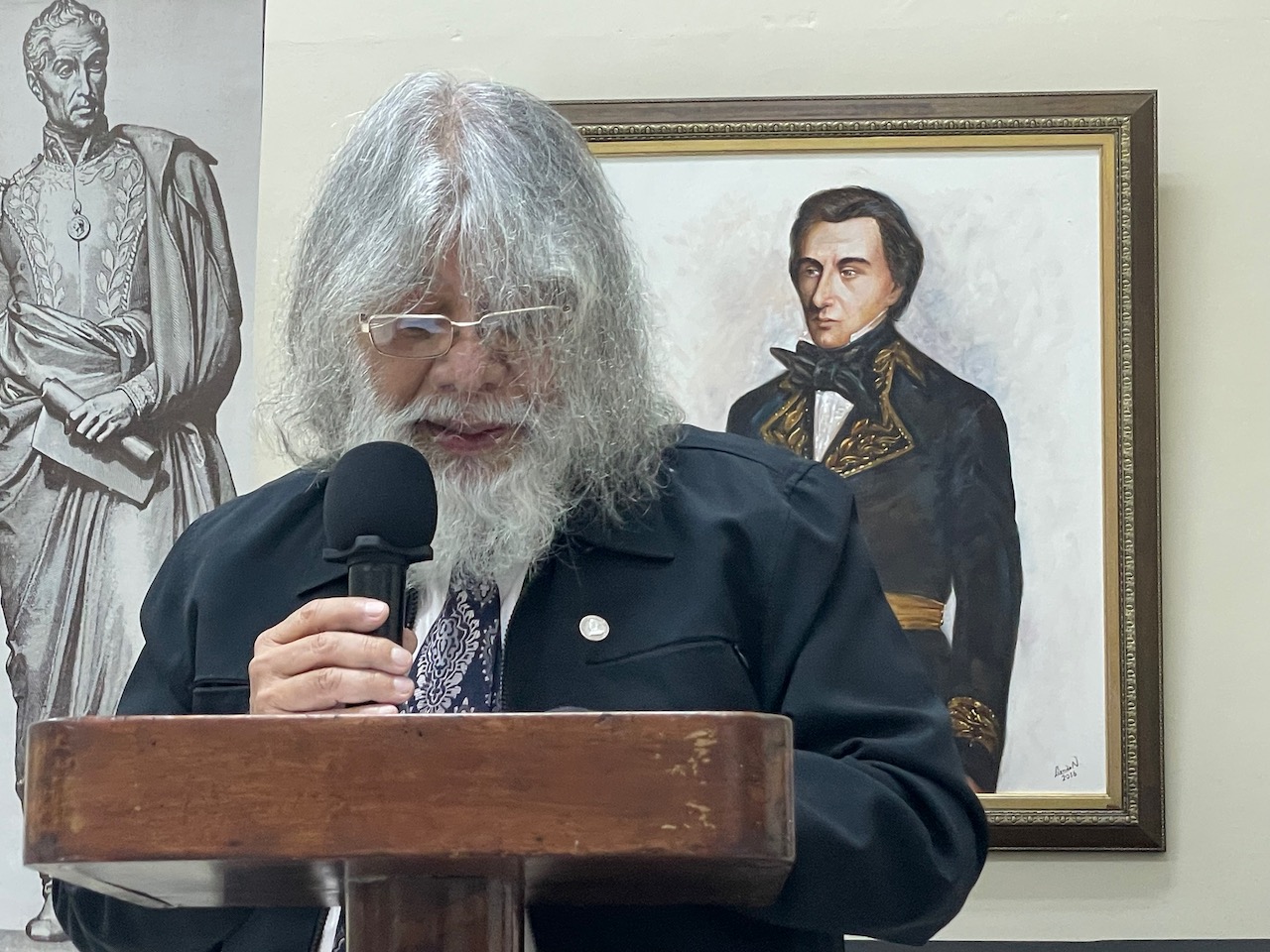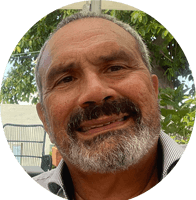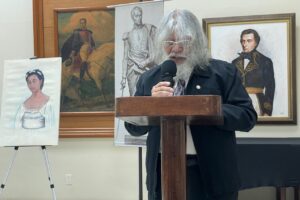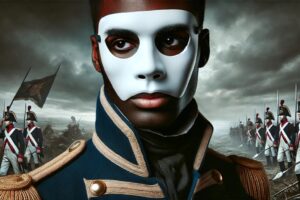
 This speech, delivered in Curaçao on February 12, 2025, presents a historical and symbolic tribute to María Isabel Gómez, the mother of General Manuel Piar. It highlights her role in history, her sacrifices, and her struggles as a woman of African descent, often overlooked in mainstream narratives. Below are the key highlights:
This speech, delivered in Curaçao on February 12, 2025, presents a historical and symbolic tribute to María Isabel Gómez, the mother of General Manuel Piar. It highlights her role in history, her sacrifices, and her struggles as a woman of African descent, often overlooked in mainstream narratives. Below are the key highlights:1. The Question of Piar’s Maternity
•The speech addresses a historical controversy regarding Manuel Piar’s parentage.
•A theory suggests that Piar was actually the son of Soledad Concepción Belén Jerez de Aristeguieta y Blanco Herrera, a mantuana from Caracas, and José Francisco de Braganza y Braganza, Prince of Brazil.
•However, the collective memory firmly recognizes María Isabel Gómez as Piar’s mother.
•This claim reinforces her identity as a Curaçaoan woman of African descent and ensures that she is not erased from history.
2. María Isabel’s Origins & Life in Curaçao and Venezuela
•She was born in Curaçao to Juana Quemp and Manuel Gómez, both of African descent.
•Married Fernando Piar Lottyn, a Canarian merchant captain, in 1774.
•Gave birth to three children, including Manuel Piar.
•Historical records confirm Piar’s Curaçaoan birth and baptism in Willemstad in 1774.
3. Her Role in the Independence Struggle
•Moved to La Guaira in 1785, working as a midwife, laundress, and seamstress.
•1797: Allegedly helped embroider Venezuela’s first revolutionary flag alongside Josefa Joaquina Sánchez.
•1798: Her house was searched by colonial authorities, suspected of involvement in the failed Gual y España conspiracy.
•Imprisoned in the infamous “El Infiernito”—a dungeon known for harsh conditions—and later deported back to Curaçao.
•1799: Joined Alexandre Pétion in the campaign to expel the British and Spanish from the Caribbean.
•1812: Returned to Venezuela as the war for independence escalated.
•1817: Witnessed the execution of her son, Manuel Piar, for disobedience, sedition, conspiracy, and treason.
4. Her Personal Tragedy & Appeal to Bolívar
•She blamed Simón Bolívar for Piar’s execution, reportedly stating:
“The one responsible for my son’s death was Simón Bolívar.”
•1826: Wrote to Bolívar requesting a pension as Piar’s mother, not as an act of protest, but as a plea for survival.
•Bolívar, perhaps reflecting on Piar’s sacrifice, granted her a pension of 30 pesos per month in 1827.
•Later, Venezuela’s Congress (1835-1836) allocated 360 pesos annually in recognition of Piar’s service to the Republic.
5. Her Final Years & Legacy
•Died in Caracas on September 6, 1836.
•The speech celebrates her rebirth through the painting by Norberto Liendo, exhibited in Curaçao’s Bolivarian Society.
•Reinforces the role of women in the independence movement, arguing that women were as crucial as men in securing liberty.
Key Takeaways & Themes
1.Historical Erasure & Recognition
•The speech reaffirms María Isabel Gómez’s identity as Manuel Piar’s mother, countering alternative narratives.
•Highlights her African heritage and Curaçaoan roots, reinforcing her place in Latin American history.
2.Women in the Independence Movement
•Challenges the traditional male-centered narrative of independence.
•Emphasizes her contributions—not just as Piar’s mother, but as an activist and ally in the struggle.
3.Colonial Repression & Resistance
•Details her persecution, imprisonment, and exile for supporting independence.
•Links her suffering to racial and gender discrimination within colonial society.
4.Bolívar & Piar’s Execution
•Brings back the controversial decision by Bolívar to execute one of his most capable generals.
•Explores María Isabel’s grief and ultimate reconciliation with Bolívar, symbolized by the pension request.
5.Symbolic Rebirth
•Through art and historical recognition, María Isabel Gómez is revived as an integral part of history.
•The speech positions her as a lasting figure of strength, sacrifice, and perseverance.
Final Thoughts
This speech is not just a historical account—it is an act of justice. By highlighting María Isabel Gómez’s life and struggles, it reclaims her narrative, ensuring she is remembered not just as the mother of a general, but as a fighter, a victim of oppression, and a contributor to independence.
It also invites reflection on the erasure of women and Afro-Caribbean figures from history, urging Curaçao and Latin America to recognize and honor their legacy.

Tico Vos is a professional photographer, producer, and tourism specialist. He has been documenting the History, Culture, and News of Curaçao. This site is a documentation of the history of Manuel Carlos Piar.





